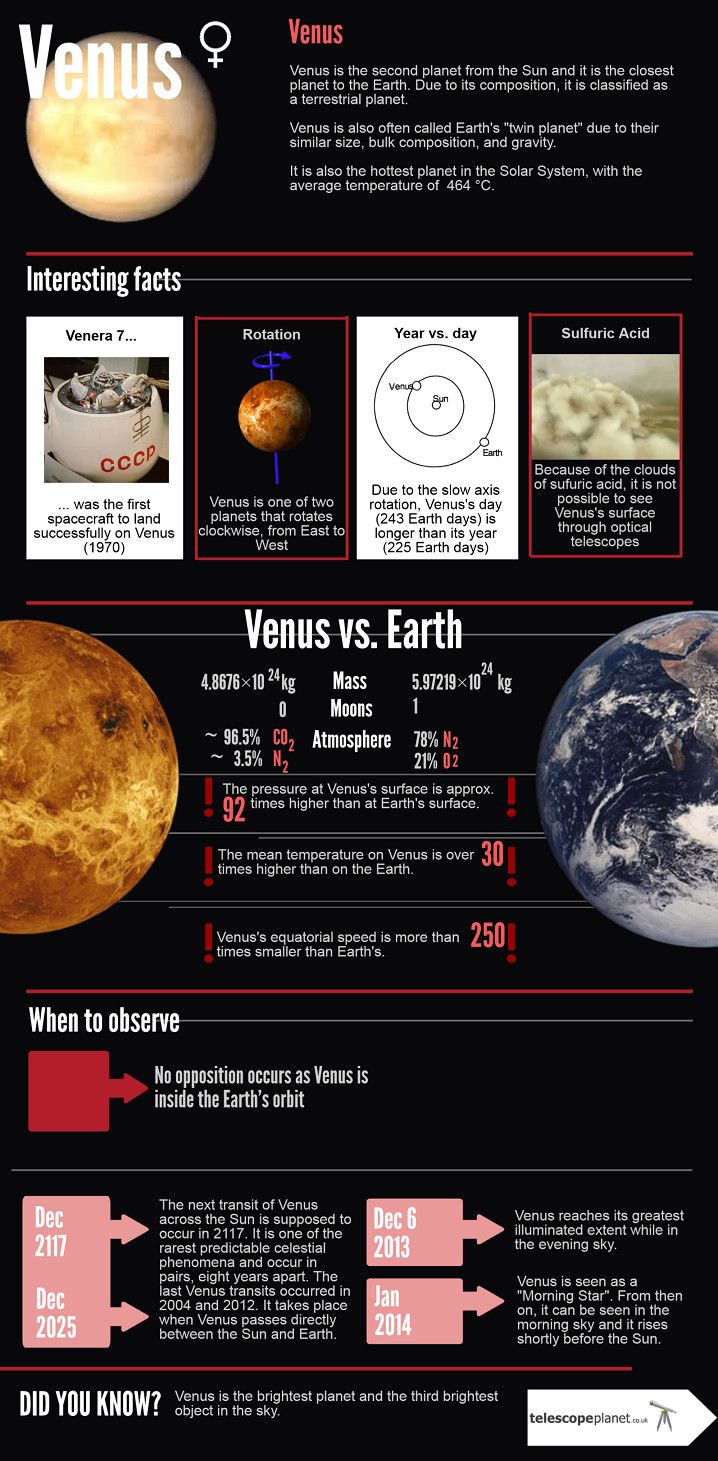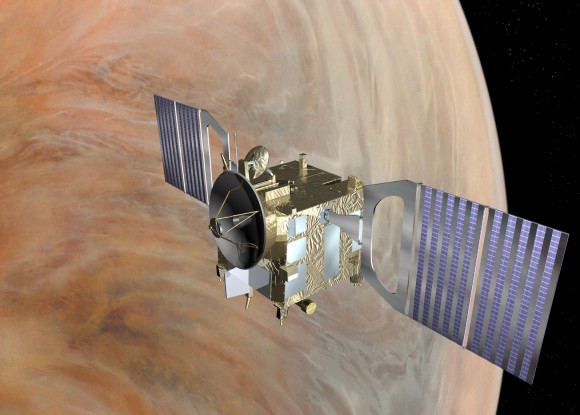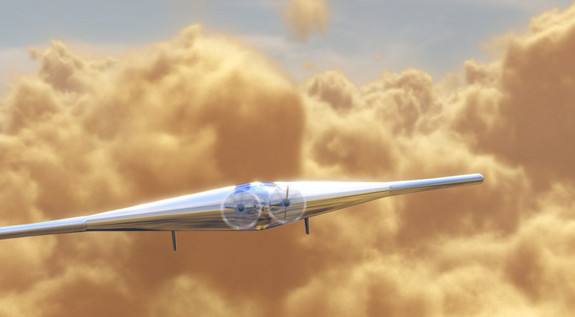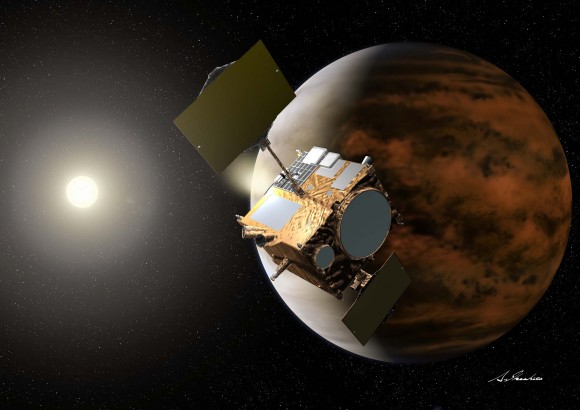William Bacon's Home Page/Mission to VENUS sub page

This page was last updated on May 16,2015
Venus, The Hothouse Planet Near Earth

False color radar topographical map of Venus provided by Magellan. Credit: Magellan Team/JPL/NASA
Venus was once considered a twin to Earth, as it’s roughly the same size and is relatively close to our planet.
But once astronomers looked at it seriously in the past half-century or so, a lot of contrasts emerged. The biggest one —
Venus is actually a hothouse planet with a runaway greenhouse effect, making it inhospitable to life as we know it.
Published on Feb 23, 2014
This animation is a brief tour of the global terrain of the planet Venus as revealed by radar onboard the Magellan spacecraft.
The height of the terrain is color-coded, with blues and greens representing low altitudes and reds representing high altitudes.
Credit: NASA/Goddard Space Flight Center Scientific Visualization Studio.
The clouds are an altered version of an image by David Seal, courtesy NASA/JPL-Caltech. More: http://svs.gsfc.nasa.gov/
Published on Jun 10, 2012
Venus as observed by the European Space Agency's Venus Express spacecraft during orbit 1640.
The 58 images comprising the movie were obtained by the Venus Monitoring Camera instrument in ultraviolet light.
Published on Feb 23, 2013
A quick and dirty animation of images obtained by the Venus Express spacecraft. The images were obtained during orbit 1749
(one of the the so--called "VEX Terminator Observations").
Venus INFOGRAPHIC


Venus' Southern Swirling Clouds
Venus Express May Be Out Of Fuel After Death-Duelling Maneuvers
by Elizabeth Howell on December 5, 2014

Artist’s concept of Venus Express. Credit: ESA
After more than eight years orbiting a hellish planet, Venus Express is showing its age.
The spacecraft made some risky maneuvers this summer, dipping down into the atmosphere as it nears the end of its mission.
Now, the European Space Agency reports it has mostly lost contact with the probe. The reason could be lack of fuel.
Venus Express Out Of Gas; Mission Concludes, Spacecraft On Death Watch
by ELIZABETH HOWELL on DECEMBER 16, 2014

Artist’s conception of Venus Express. Image credit: ESA
After surviving an eight-year mission and a daring plunge into part of the atmosphere of Venus,
a plucky spacecraft orbiting the hothouse planet is finished its mission, the European Space Agency declared.
Venus Express can no longer communicate consistently with Earth
Exploring Venus By Airship: Cool Concept, But Certainly Not New
by Elizabeth Howell on December 22, 2014

An artist concept of the view from an airship orbiting Venus. Credit: NASA Langley HAVOC team.
Venus presents a special challenge to space explorers. Yes, there is a surface, but hellish temperatures
and atmospheric pressure on the surface of Venus has a tendency to crush spacecraft fairly quickly.
Short of building a submarine-rated surface explorer, maybe there’s a better way to look at the hothouse planet?
A newly proposed NASA concept suggests using airships. Yes, airships with people in them.
Venus Plane Pushed for Next NASA Next Frontiers Mission
by Dan Leone, Space News Writer | May 12, 2015 11:06am ET

Northrop Grumman has come up with a Venus mission concept called VAMP (Venus Atmospheric Maneuverable Platform):
An inflatable propeller plane that could cruise Earth's super-heated sister planet for years,
SAMPLING the acidic alien atmopshere directly and safely observing the venusian surface from 50 kilometers up.
Japan’s Akatsuki Spacecraft to Make Second Attempt to Enter Orbit of Venus in December 2015
by MATT WILLIAMS on JANUARY 6, 2015

Artist’s impression of the Venus Climate Orbiter (aka. “Akatsuki”) by Akihiro Ikeshita.
Image Credit: JAXA
Back in 2010, the Japanese Aerospace Exploration Agency (JAXA) launched the The Venus Climate Orbiter “Akatsuki”
with the intention of learning more about the planet’s weather and surface conditions. Unfortunately, due to engine trouble,
the probe failed to make it into the planet’s orbit.
Since that time, it has remained in a heliocentric orbit, some 134 million kilometers from Venus,
conducting scientific studies on the solar wind. However, JAXA is going to make one more attempt to slip the probe into Venus’
orbit before its fuel runs out.
Click here to return to top of page









